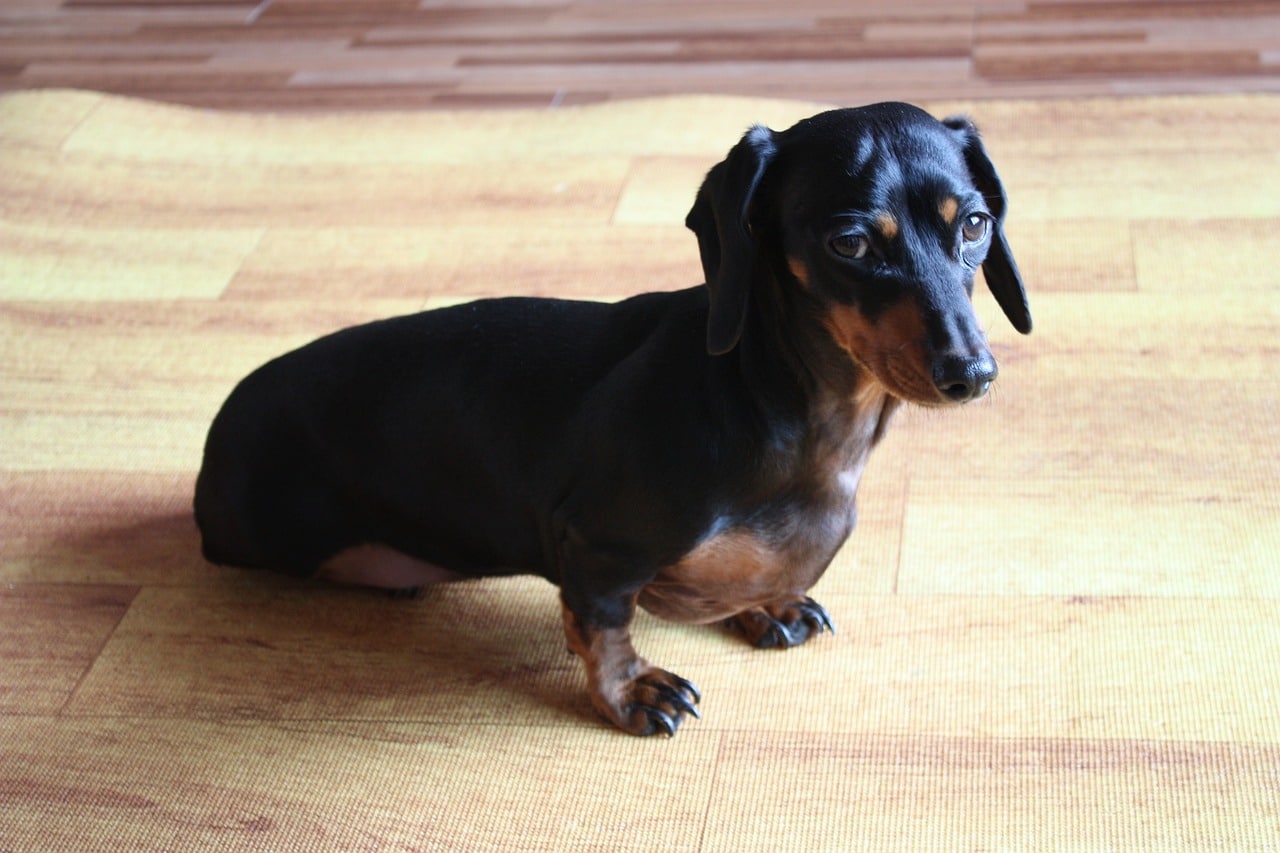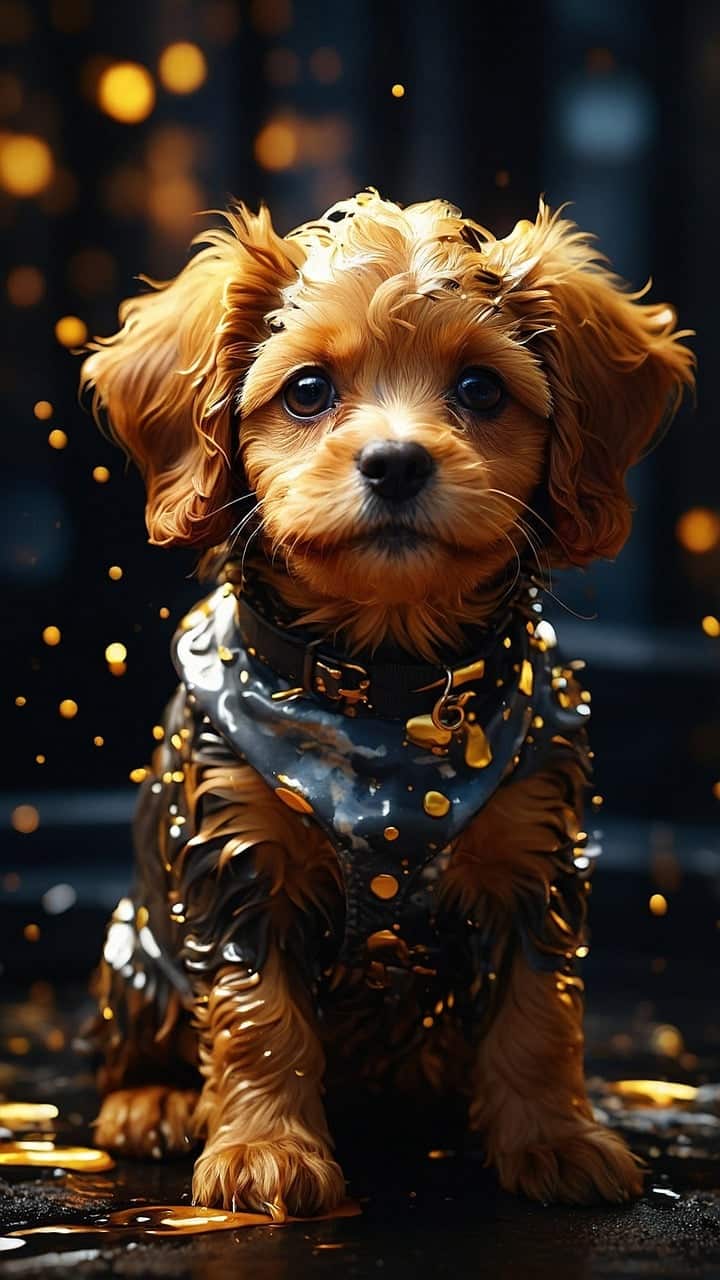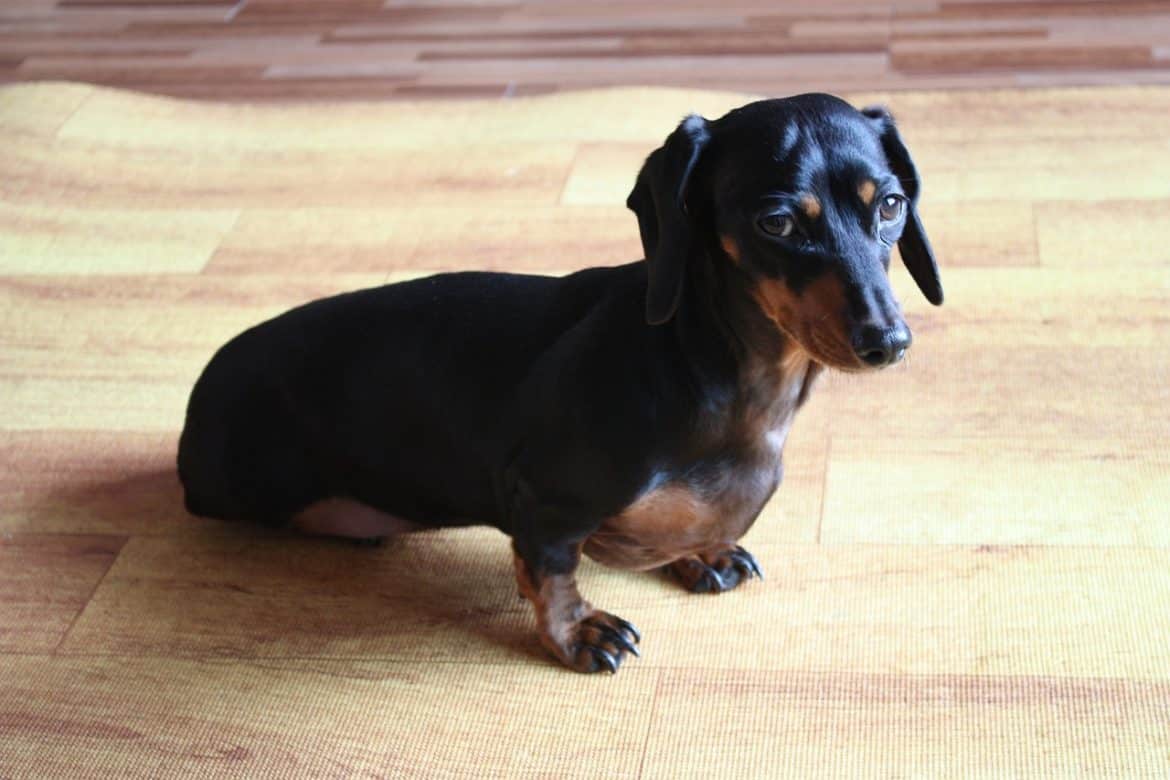Are you struggling to potty train your adorable new puppy? Well, look no further! In this article, we will explore the secrets to achieving outdoor potty training success and ensuring that your furry friend learns to do their business outside. We understand that this can be a challenging process, but with our helpful tips and tricks, you and your pup will be well on your way to a clean and mess-free home. So, grab a treat and get ready to embark on this exciting journey of teaching your puppy to pee outside!
1. Understanding the importance of outdoor potty training
Why outdoor potty training is crucial for your puppy
Outdoor potty training is an essential part of raising a well-behaved and hygienic puppy. By teaching your furry friend to eliminate outside, you are promoting good habits that will benefit both you and your pup in the long run. Not only does outdoor potty training prevent your home from becoming a giant toilet, it also helps to prevent behavioral issues associated with indoor accidents, such as territorial marking and anxiety-related behaviors. Additionally, outdoor potty training promotes a healthier and more enjoyable living environment for both you and your puppy.
Benefits of outdoor potty training
There are numerous benefits to outdoor potty training. First and foremost, it helps establish a clear routine for your puppy, making it easier for them to understand when and where they need to go. This routine creates a sense of predictability and stability, which is essential for their overall wellbeing. Outdoor potty training also allows your puppy to associate the act of elimination with being outdoors, reinforcing the idea that it is the appropriate place for that behavior.
Furthermore, outdoor potty training helps to minimize the risk of accidents inside your home. This not only saves you from the hassle of constant clean-ups, but also prevents your puppy from developing bad habits or confusion about where they should be going. Lastly, outdoor potty training allows your puppy to experience the sights, sounds, and smells of the outside world, which is crucial for their mental and social development.
2. Setting up a designated outdoor potty area
Choosing the right location for the potty area
Selecting the appropriate location for your puppy's outdoor potty area is key to successful training. Ideally, it should be easily accessible, preferably near an entrance door that leads directly outside. This makes it convenient for both you and your pup to quickly reach the designated spot when needed. Additionally, choose an area that is free from distractions and away from high foot traffic to minimize any potential accidents.
Creating a comfortable and safe space
When setting up a designated outdoor potty area, it is important to create a comfortable and safe environment for your puppy. Use a combination of grass, gravel, or artificial turf to mimic the texture your puppy is accustomed to, ensuring their comfort during the process. Consider installing a fence or some form of enclosure to provide a sense of security and privacy. This will help your puppy relax and focus on the task at hand.
Using appropriate materials for the potty area
Choosing the right materials for the potty area plays a crucial role in the success of your outdoor potty training. Natural grass or artificial turf are popular options as they closely resemble the texture of outdoor environments. These materials are easy to clean and maintain, providing a sanitary and pleasant surface for your puppy to use. Avoid using materials that may cause confusion, such as indoor rugs or carpets, which can make it more challenging for your puppy to differentiate between appropriate and inappropriate potty areas.

This image is property of pixabay.com.
3. Establishing a routine for outdoor potty breaks
The importance of consistency in potty training
Consistency is key when it comes to establishing a routine for outdoor potty breaks. By following a consistent schedule, you are effectively training your puppy's bladder and teaching them to hold their urine until they reach the designated potty area. Consistency also helps your puppy develop strong associations between specific cues, such as a specific command or verbal cue, and the act of elimination. This makes it easier for them to understand what is expected of them during potty breaks.
Determining the right frequency for potty breaks
The frequency of potty breaks will depend on your puppy's age, size, and individual needs. As a general guideline, puppies should be taken outside to eliminate approximately every 1-2 hours. However, it is important to consider additional factors such as water consumption, playtime, and meals, as they can affect the timing of potty breaks. Keep a close eye on your puppy's behavior and learn to recognize the signs that they may need to use the bathroom, such as sniffing the ground or restlessness.
Identifying signs that your puppy needs to go outside
As a responsible pet owner, it is crucial to familiarize yourself with the signs that indicate your puppy needs to go outside. These signs may include restlessness, pacing, circling, sniffing the ground, or suddenly pausing an ongoing activity. Additionally, pay attention to any sudden changes in their behavior, as it could indicate an urgent need to eliminate. By being attentive and responsive to these signs, you can proactively take your puppy outside to their designated potty area before accidents occur.
4. Using positive reinforcement techniques
Rewarding your puppy for peeing outside
Positive reinforcement is a highly effective technique when it comes to outdoor potty training. When your puppy successfully eliminates in their designated potty area, be sure to provide immediate praise and rewards. This could include verbal praise, enthusiastic petting, or even a small treat. By associating the act of elimination in the right location with positive rewards, your puppy will be motivated to repeat this behavior in the future.
Using treats and praise effectively
When using treats and praise as positive reinforcement, it's important to be timely and consistent. Offer treats or lavish praise immediately after your puppy finishes eliminating in their designated outdoor area. This creates a strong connection in their mind between the act of eliminating and the positive rewards. Additionally, consistency is crucial to reinforce good behavior. Always provide rewards for successful outdoor potty breaks, ensuring that your puppy understands the desired outcome.
Avoiding punishment for accidents
While accidents are an inevitable part of the potty training process, it is important to avoid punishment when your puppy has an accident indoors. Punishment, whether physical or verbal, can create fear and anxiety in your puppy, hindering their progress in the training process. Instead, focus on redirecting their behavior to the appropriate potty area and reinforce positive behaviors when they occur. Patience, understanding, and positive reinforcement are the most effective tools in ensuring successful outdoor potty training.

This image is property of pixabay.com.
5. Supervising and monitoring your puppy
The role of supervision in potty training
Supervision plays a crucial role in outdoor potty training. By closely monitoring your puppy's behavior and routine, you can prevent accidents from occurring and reinforce proper potty habits. Supervision allows you to catch any signs that your puppy needs to go outside and promptly guide them to their designated potty area.
Preventing accidents through close observation
By observing your puppy closely, you will be able to anticipate their needs and intervene before accidents happen. Pay attention to their body language and cues, and act accordingly. If you notice signs that they need to eliminate, swiftly guide them outside to their designated area. Close observation enables you to provide immediate guidance and reinforcement, which will ultimately accelerate their learning process.
Identifying common mistakes and correcting them
During the potty training journey, it is common to encounter mistakes and challenges. Identifying these mistakes and correcting them promptly is essential for successful outdoor potty training. Some common mistakes include not supervising your puppy closely enough, missing signs that they need to go outside, or not being consistent in rewarding and reinforcing good behaviors. By recognizing these errors and adjusting your training approach, you can overcome challenges and continue progressing towards establishing good potty habits.
6. Dealing with accidents and setbacks
Understanding that accidents are a normal part of training
Accidents are an inevitable part of potty training, and it is important to approach them with patience and understanding. Remember that your puppy is still learning, and setbacks are to be expected. Instead of becoming frustrated or discouraged, focus on reinforcing positive behaviors and redirecting your puppy to the appropriate potty area. With consistency and positive reinforcement, accidents will become less frequent over time.
Cleaning up accidents properly
When accidents occur, it is crucial to clean them up properly to minimize any lingering smells that may attract your puppy to repeat the behavior in the same spot. Use a pet-specific enzymatic cleaner to remove any traces of urine or feces. Avoid using cleaners with ammonia, as this scent mimics urine and may confuse your puppy. Thoroughly clean the affected area and ensure it is completely dry to prevent your puppy from associating the location with potty behavior.
Reassessing your training methods if setbacks occur
If setbacks occur along the way, it may be necessary to reassess your training methods and make adjustments. Consider whether you have been consistent in your routine, if you have provided enough opportunities for potty breaks, and if you have effectively used positive reinforcement. By identifying areas for improvement and implementing changes, you can get back on track and continue making progress with your outdoor potty training.
7. Addressing specific challenges in outdoor potty training
Helping shy or scared puppies adjust to outdoor pottying
Some puppies may be more timid or fearful when it comes to outdoor pottying. To help them adjust, gradually introduce them to the outdoor environment by initially spending short periods of time outside with them. Gradually increase the duration of time spent outdoors, using positive reinforcement and encouraging words to build their confidence. Patience and persistence are key when addressing the specific challenges that shy or scared puppies may face during outdoor potty training.
Working with puppies in extreme weather conditions
Extreme weather conditions can pose challenges during outdoor potty training. During hot or cold weather, it is important to ensure your puppy's comfort and safety. Provide access to shade or shelter during hot weather and consider using doggy boots or booties to protect their paws from extreme cold or hot surfaces. Additionally, adjust the frequency and duration of potty breaks to accommodate your puppy's tolerance for the weather conditions.
Dealing with territorial marking behaviors
Territorial marking can be a common issue during outdoor potty training, especially in male puppies. To address this behavior, consider neutering your puppy, as it can reduce the urge to mark territory. Additionally, closely supervise your puppy during outdoor potty breaks and redirect their focus to the designated potty area. Consistent positive reinforcement is crucial in encouraging them to eliminate in the appropriate location.
8. Seeking professional guidance if needed
Recognizing when professional help may be necessary
While most cases of outdoor potty training can be successfully accomplished with patience and consistency, there may be instances where professional help is necessary. If you find yourself struggling to make progress despite your best efforts, or if your puppy exhibits severe behavioral issues related to potty training, it may be beneficial to consult with a certified dog trainer or behaviorist. These professionals can provide personalized guidance and support to address any specific challenges you may be facing.
Finding a certified dog trainer or behaviorist
When seeking professional guidance, it is important to choose a certified dog trainer or behaviorist who has experience and expertise in potty training and behavioral issues. Look for trainers who have a positive reinforcement-based approach and have a good reputation within the pet community. Ask for recommendations from friends, family, or local veterinarians, and schedule initial consultations to ensure a good fit for both you and your puppy.
9. Transitioning to off-leash potty training
Gradually introducing off-leash potty breaks
Once your puppy has successfully mastered outdoor potty training while on a leash, you may start considering transitioning to off-leash potty training. This can give your puppy more freedom and independence during their bathroom breaks. However, it is important to gradually introduce off-leash potty breaks in a controlled and safe environment. Begin with short periods off-leash in a secure area, gradually increasing the duration as your puppy becomes more reliable in their potty habits.
Ensuring safety during off-leash potty training
When transitioning to off-leash potty training, prioritize your puppy's safety. Ensure that the area is fully enclosed to prevent them from wandering off or getting into potential dangers. Continue to supervise your puppy closely during off-leash potty breaks to prevent accidents or unwanted behaviors. Always maintain a positive and encouraging environment by using consistent cues and rewards, reinforcing the desired potty habits even in an off-leash setting.
10. Maintaining good potty habits for the long term
Continuing to reinforce outdoor pottying behaviors
Even after successfully establishing outdoor potty habits, it is important to continue reinforcing these behaviors. Maintain a consistent routine for potty breaks, provide regular opportunities for your puppy to eliminate outside, and consistently praise and reward them for appropriate potty habits. By reinforcing these behaviors, you can ensure that they become long-term habits that will benefit your puppy throughout their life.
Avoiding regression and reinforcing consistency
Regression in potty training can happen occasionally, especially during times of stress or change. It is important to remain patient and consistent during these periods. Stick to the established routine and reinforce positive behaviors. Avoid scolding or punishment for accidents, as this can create further setbacks. Instead, focus on creating a positive and supportive environment that encourages your puppy to continue their good potty habits.
In conclusion, outdoor potty training is crucial for the overall well-being and development of your puppy. By creating a designated outdoor potty area, establishing a consistent routine, using positive reinforcement techniques, closely supervising your puppy, and addressing specific challenges, you can successfully guide them towards good potty habits. Remember to seek professional guidance if needed and continue reinforcing these habits for the long term. With patience, consistency, and a friendly attitude, you can achieve outdoor potty training success and create a harmonious living environment for both you and your furry friend.


